To be loved and protected : the catalogues of gold and silver work of the Terra Sancta Museum
Amongst the most important announcements in this first part of the year is the official launch of new catalogues of gold and silver work. There are now three being compiled for the Terra Sancta Museum, devoted respectively to the medieval, modern (17th and 18th centuries) and contemporary (19th and 20th centuries) periods. What is the purpose of catalogues in a museum and how are they produced ? To find out, we met Michèle Bimbenet-Privat and Anne Dion, conservators of the heritage and members of the Scientific Committee of the TSM, and Florence Denise, a translator.
As a museum only exists and can be justified in the first place through its collections, one of its main stakes is to promote the works it houses and to do so as widely as possible. Over the centuries, numerous means have been developed for this purpose. The catalogue is one of them, which takes on its meaning particularly in these times of inaccessibility to the museum, either because of geographical constraints or conjunctural problems (it is impossible not to think of the health crisis that still concerns us today). The catalogues of the TSM do not escape this logic. “The function of a catalogue has evolved in ten years,” Michèle Bimbenet-Privat tells us. The first objects that we catalogued were for the exhibition at Versailles. At the time, it was a question of showing that a collection existed, because nobody knew about it. Now, and thanks to the different exhibitions that have been held since, I think that with these catalogues the public is going to know that in Jerusalem there is not only a collection but a museum as well.”
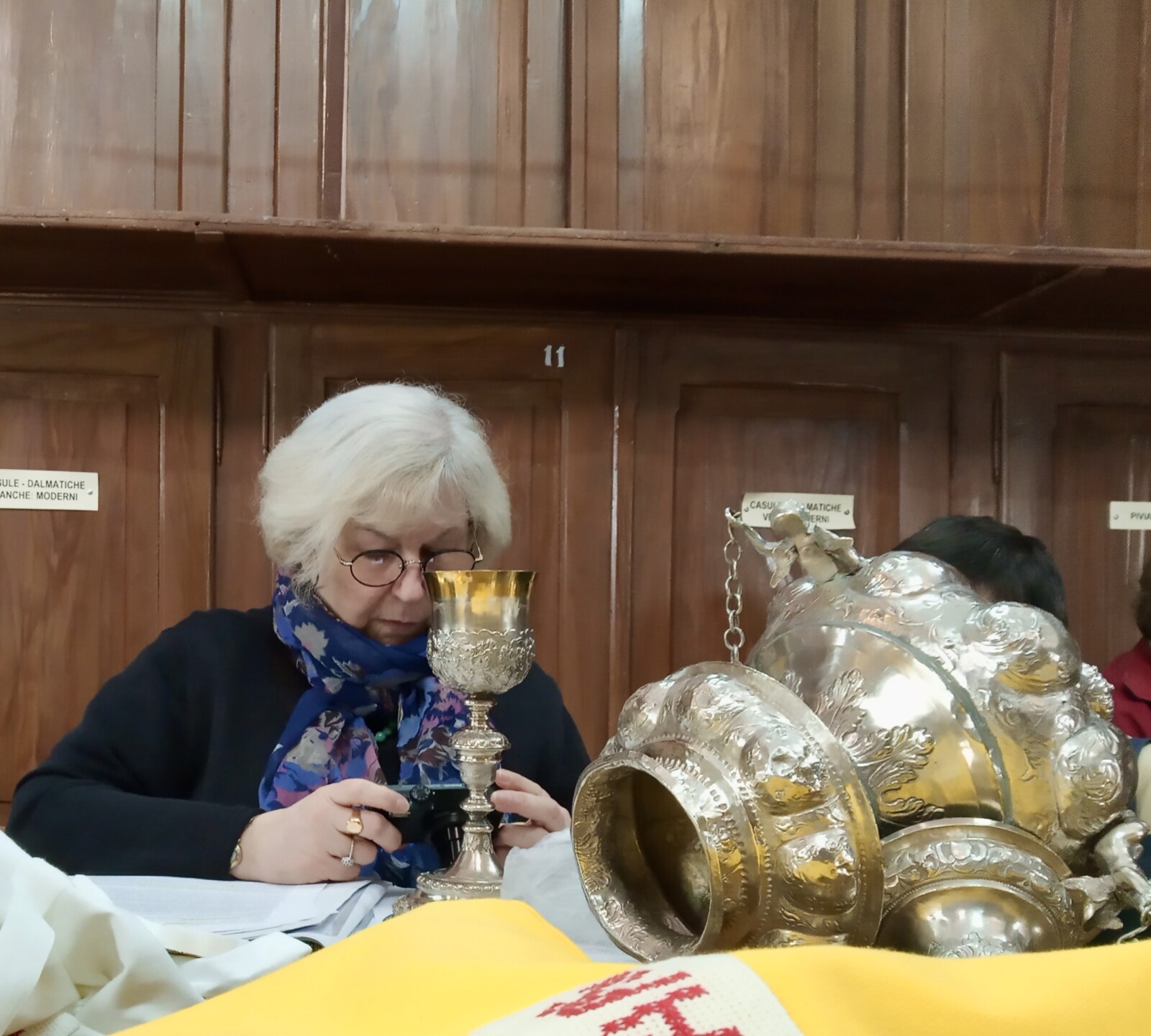
This way, the catalogue aims to be, to a certain extent, a showcase and an element of communication of the institution that produces it. However, when you say museum you also say conservation above all and so protection : “A catalogue is of course to make a collection known but also, I think, to protect the works,” Anne Dion tells us, “because publication means becoming aware of their interest and their importance.” In this sense, we can say that the catalogue prolongs the work of making an inventory of the collections, which consists of officially recording each work, as it also communicates (and to a much wider public) the existence of these works.
Are all the works put into a catalogue? As a general rule, yes; besides, it has as its main goal to offer an exhaustive view of a collection. But here, a collection is to be understood in the narrow sense : it can be a precise group of objects from a donation or a group of works with the same origin and limited in time (Burgundy sculpture of the 15th and 16th centuries for example). In the case of the Terra Sancta Museum on the other hand, considering the multiple origins and periods of the works, this choice was carried on above all on the technique of production. The result is a group of works that is too large for a single catalogue but also qualitatively too heterogeneous. “Our catalogues have allowed choosing,” Michèle Bimbenet-Privat tells us. When I dived into the data base and saw that there were several hundred oil lamps for shrines, for example, I immediately decided to concentrate on the pieces from the chronological period on which I wanted to work and with a definite artistic interest.”
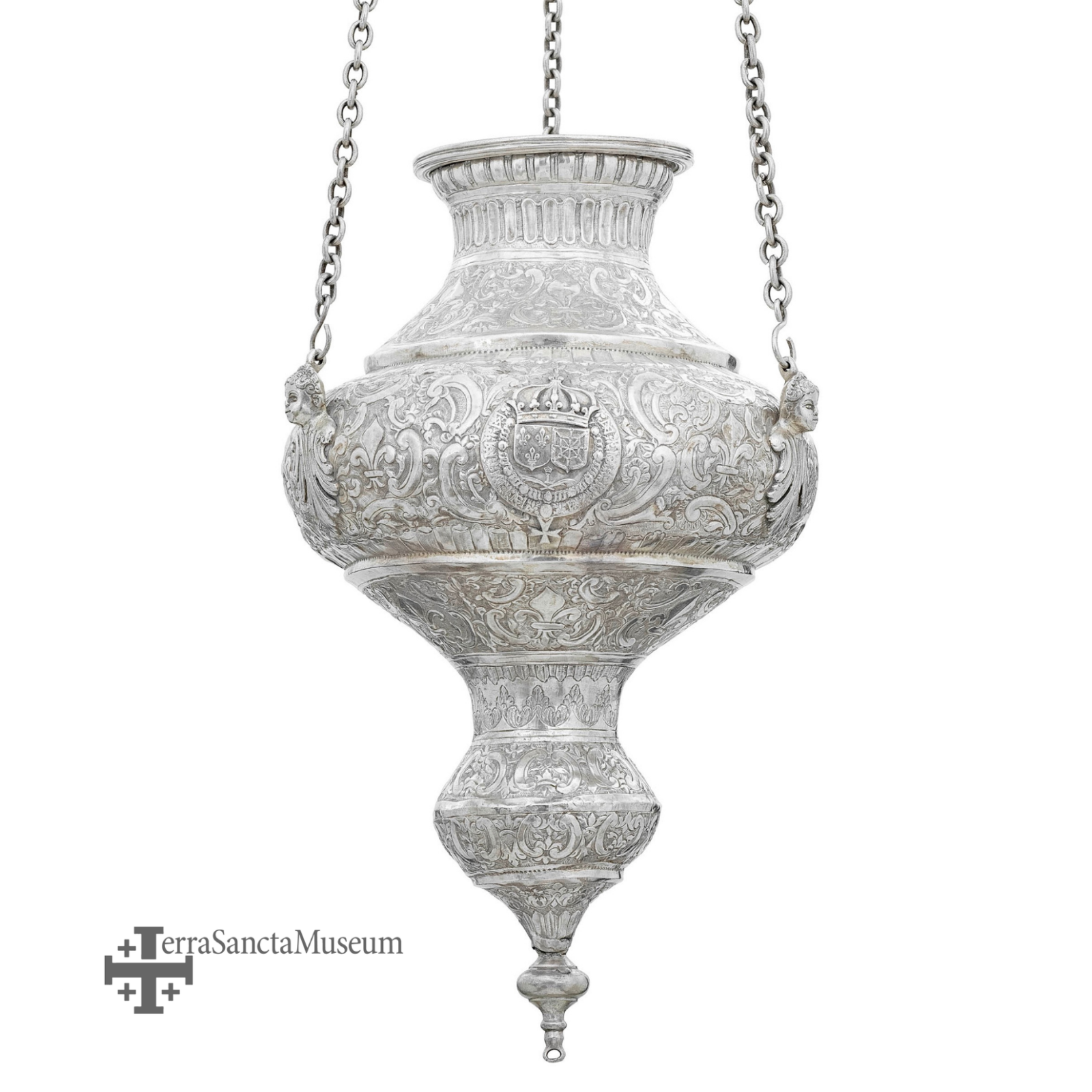
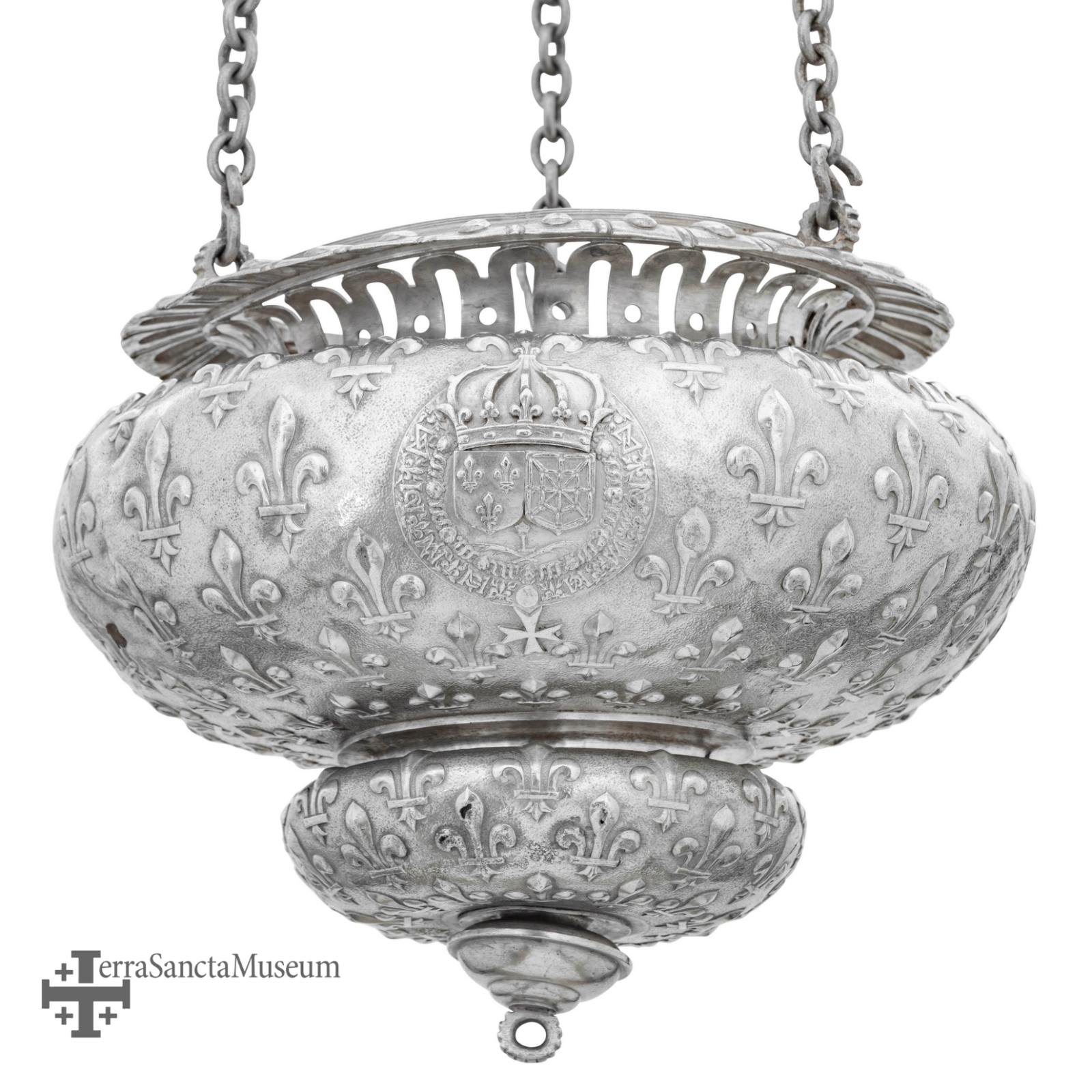
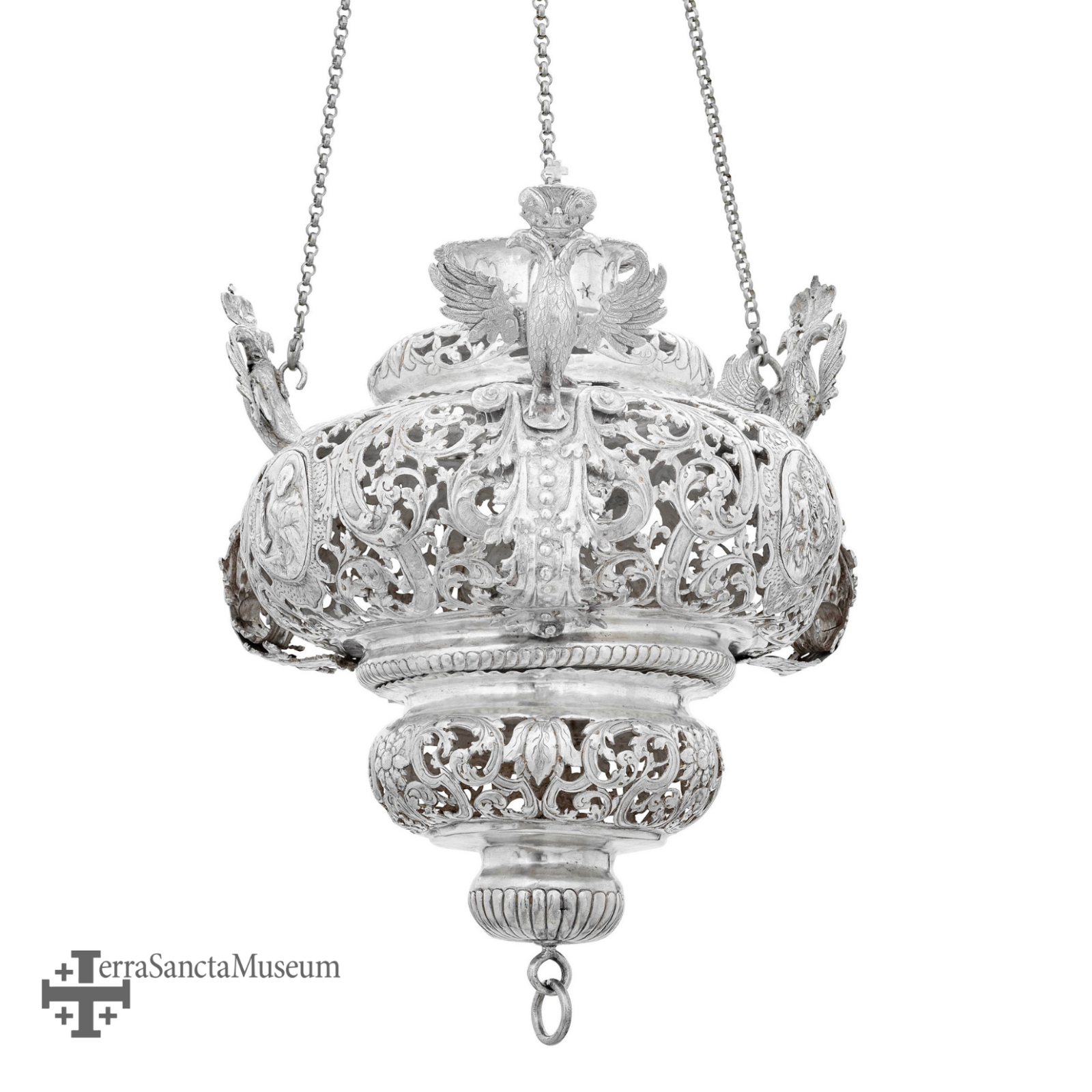
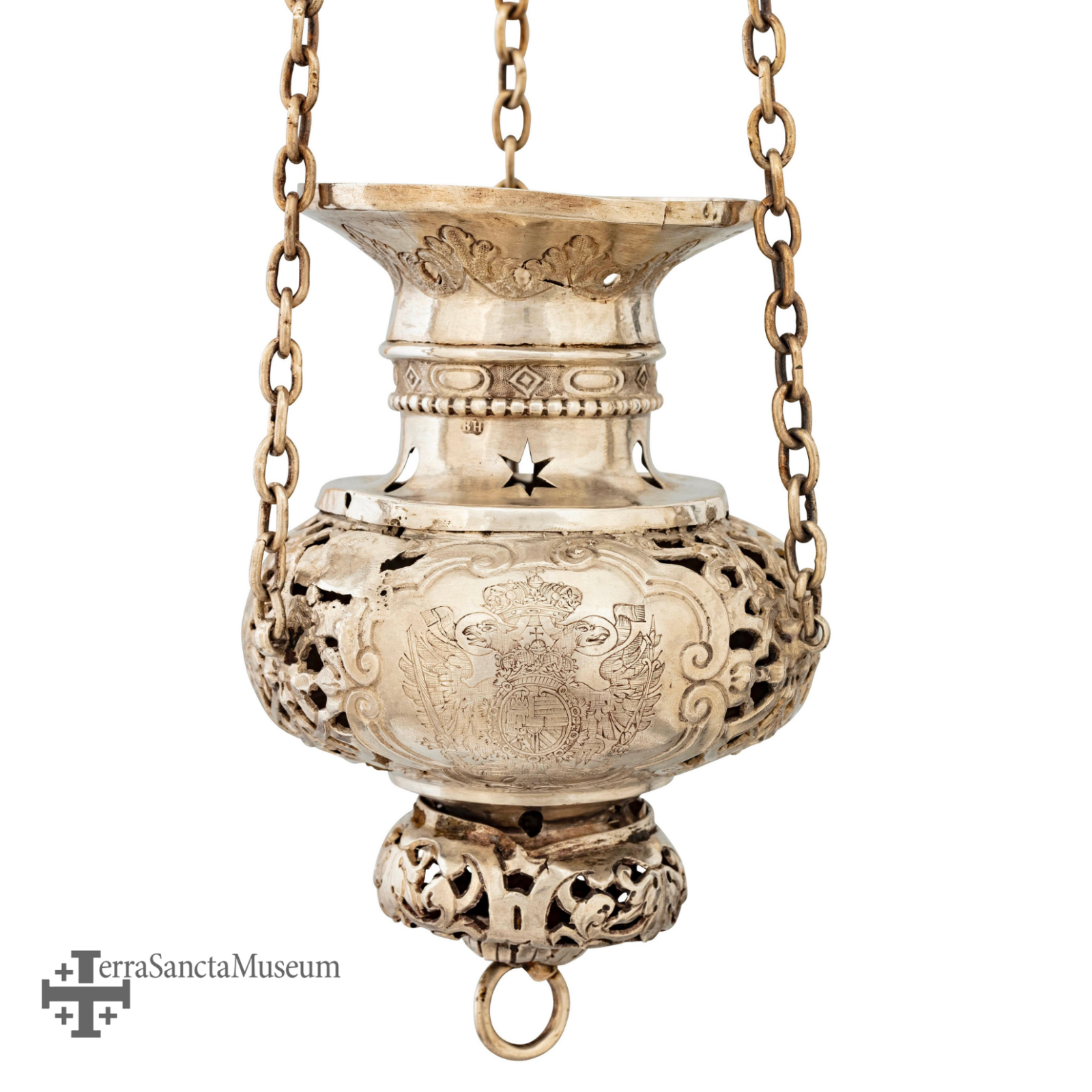
For all that, even though the works offer a choice, the spirit in which they are conceived remains the same as that of traditional catalogues as it is always about offering an “annotated” catalogue, in other words one organized according to a particular classification : “In the specific case of the catalogue [of gold and silver works of the modern period],” Michèle Bimbenet-Privat continues, “I thought that the most interesting thing was to respect the diversity of the geographical origins and, at the same time, their chronology.” This way, the catalogue will be ordered according to a plan at three levels. The fist distinguishes the objects depending on whether they were from a diplomatic gift (large European courts or families), private (from pilgrims) or Ottoman. These three main categories are then divided by country or major regions of Europe (insofar as the division off present-day countries does not always correspond with the geographical reality of the time) and, finally, classed chronologically.
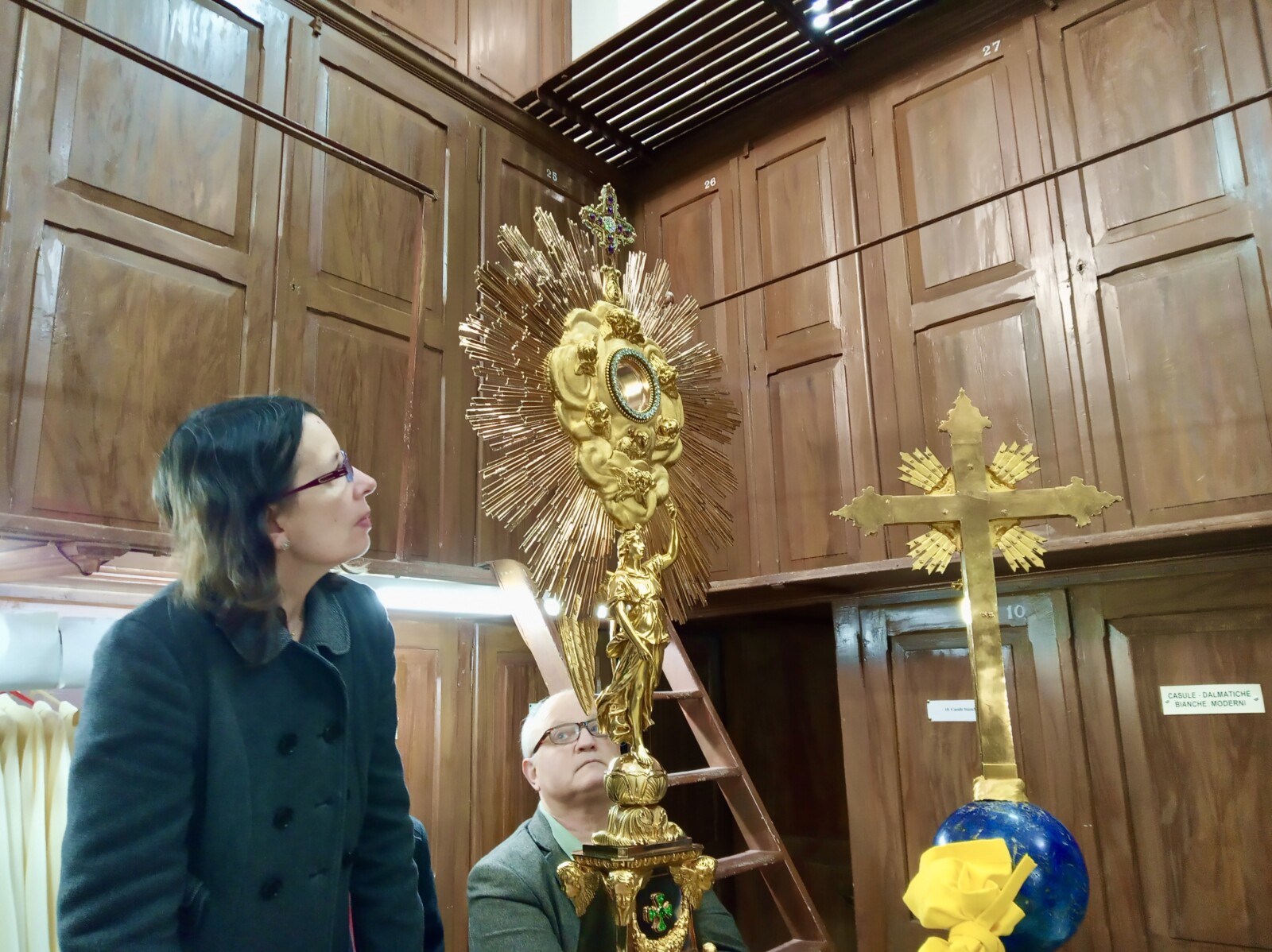
But let’s come back to the process of producing these catalogues. The starting point is to choose the works, first of all. How does one make a selection from several hundred/thousands of pieces? “The criterion of selection is, in the first place, that the work is interesting on an artistic level due to its model, its creator and then its origin,” Anne Dion tells us. When there are coats-of-arms, when this history is also documented, that contributes to a piece being selected. This selection is made possible at first thanks to the work of the many volunteers who have passed through over the years and have gradually made the general inventory of the heritage of the Custody which serious inventories and photographic campaigns which in particular allow seeing the hallmarks and identifying them.”
Following this first phase, the objects are then shared amongst the specialists who have the job of writing a record on them.
A difficulty can then arise: as the collection has multiple origins, it requires a variety of specialists who, in addition, do not all speak the same language. This is where Florence Denise comes in. She is a translator for the records in Italian and Spanish into French : “The aim of translating [a record] is to restore as accurately as possible the technical part of an object and transpose it into the culture of the target language.” As each language is not an equivalent, the differences do not end at a question of vocabulary (which is already complex) but also touches on the ways of expression or composing a sentence.
“One example that comes to mind,” Florence Denise continues, “concerns Italian which can have much longer sentences than in French. There is thus also a stylistic transposition to be done.” Not to mention the methodological differences of study of a work which are proper to the background of each author: “In French the description of the work is slightly less present than in Italian or in Spanish. It is ‘simpler’ and goes on more quickly to discuss the history and technique.” “The diversity of author is the most complicated thing,” Michèle Bimbenet-Privat goes on. “We had to produce a typical record so that each one is presented in the same way, and even with this there are many great differences.”
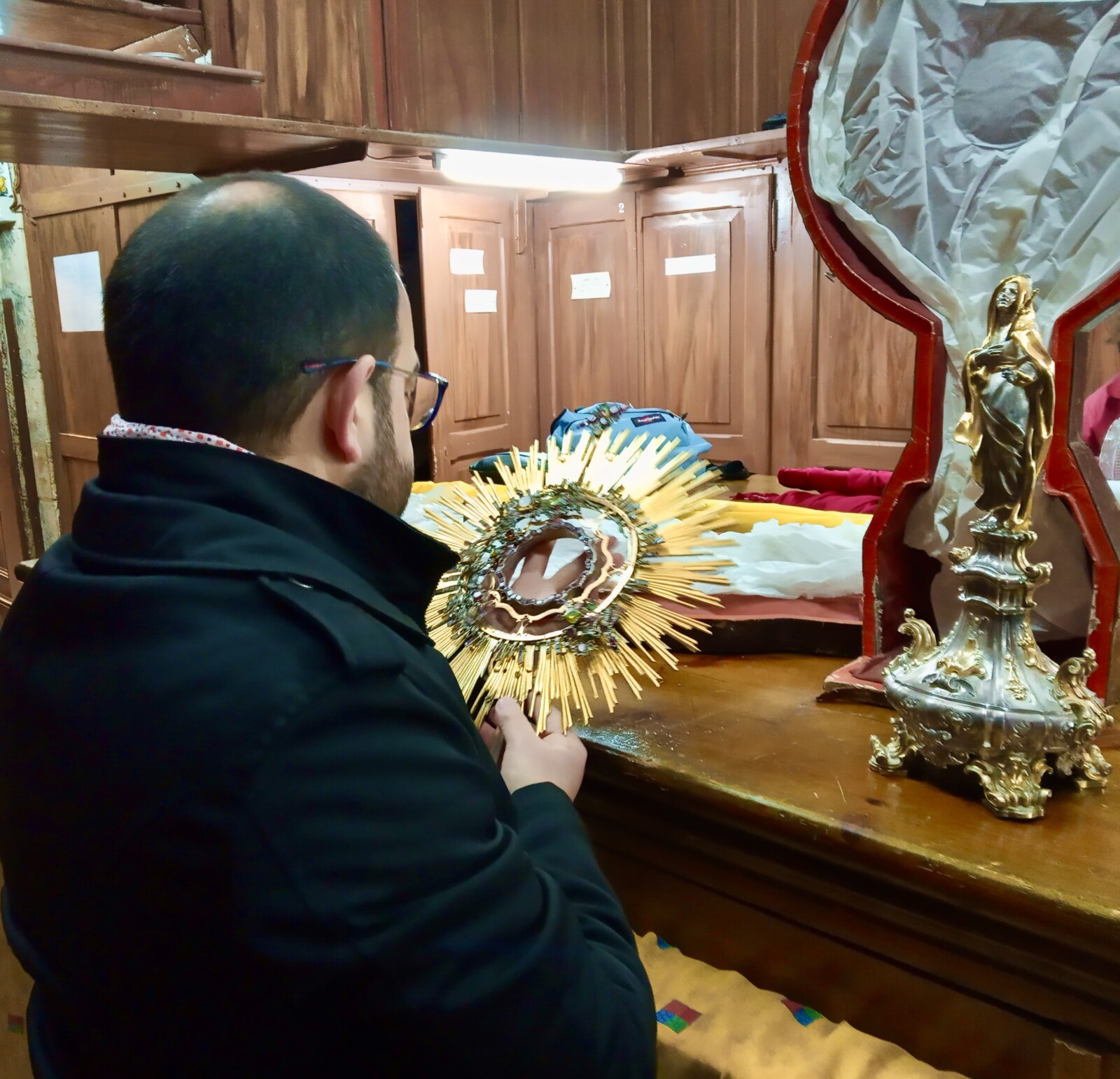
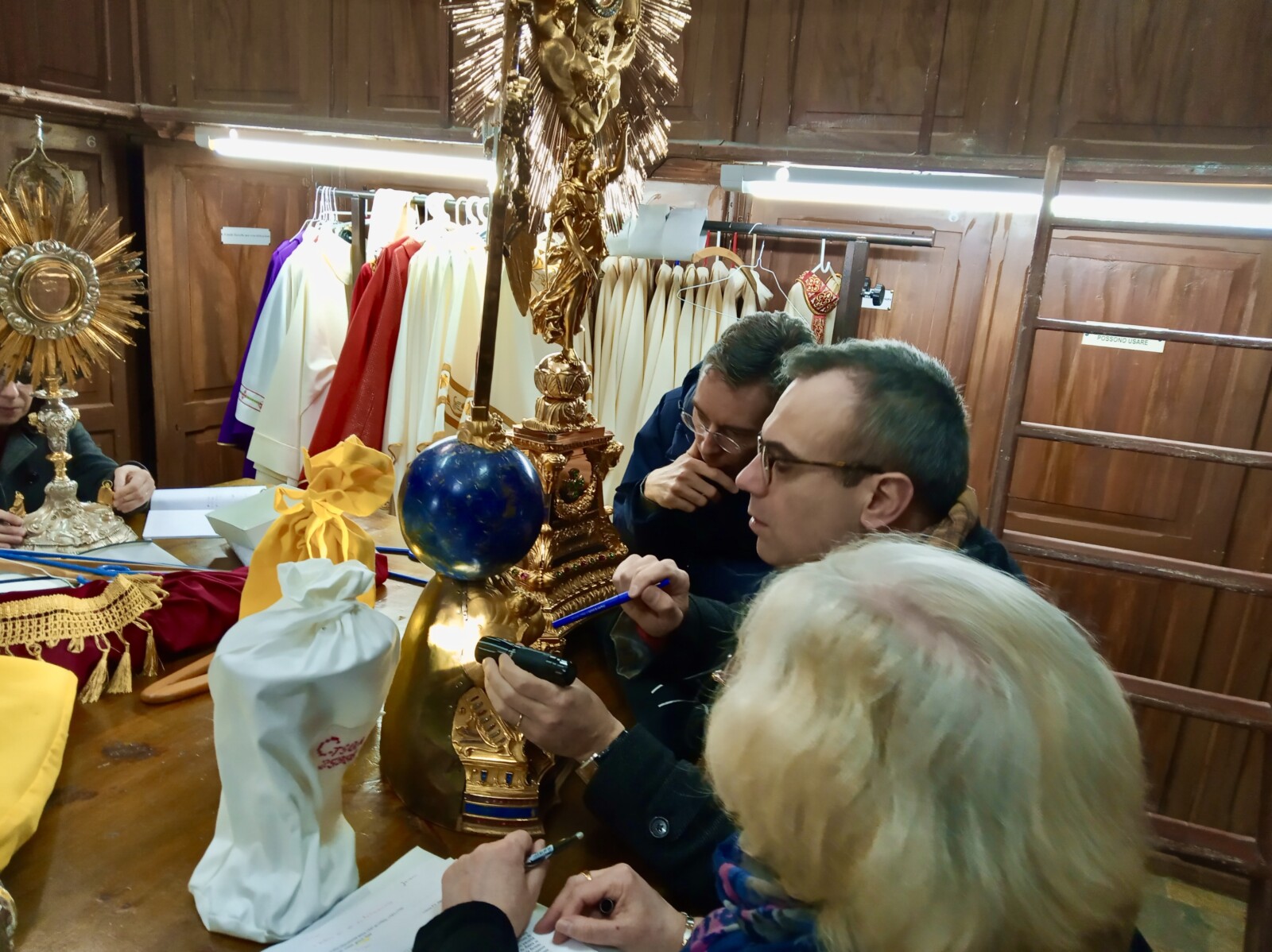
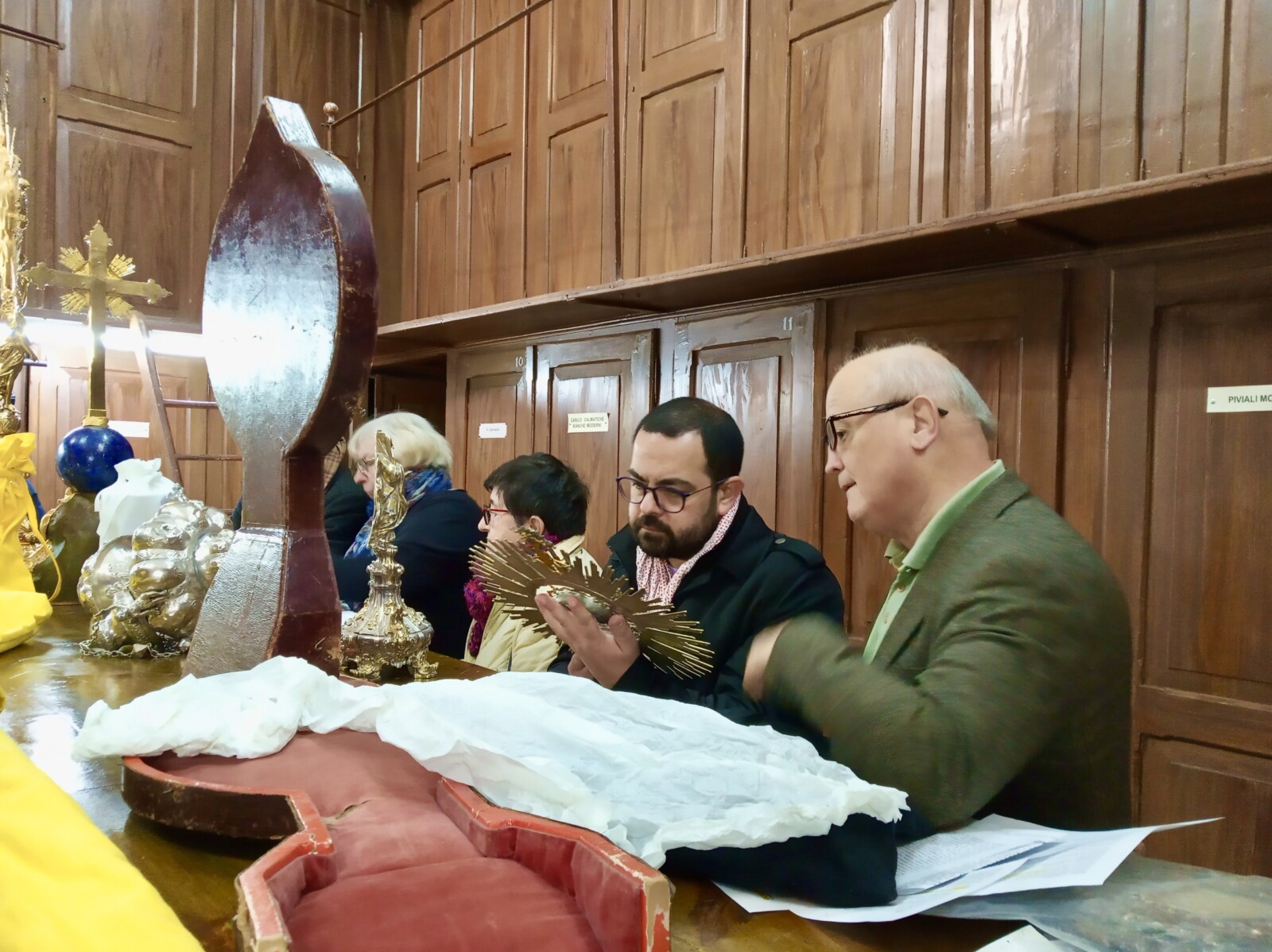
Nevertheless, who can speak better of a work than a native of the country of its production, particular with access to historical sources? This is a specificity of the Terra Sancta Museum: already at the level of its scientific committee and the international character of its teams which comes from necessity proves to be an advantage as well: “Each author, in their country or region, is able to make us know better the works of the Custody. This is what is interesting in forming an international team, the fact that each one of us has complementary knowledge.”
Where are we today ?!
If the catalogue of the 19th and 20th centuries (curated by Anne Dion) is in its early days, the one on Modern Times (edited by Michèle Bimbenet-Privat) is soon to reach its conclusion! “We are now at the crossroads,” concludes Michèle Bimbenet-Privat. “Next year I think that the catalogue will be finished, I will personally do the revision of the texts and the introductions and then we will have to find a publisher and obtain estimates.” This is a new stage which will bring new challenges as it will then be a question of dealing with the material aspects of the work: the type of binding, the quality of the paper, the layout and of course… funding! The publication phase is a crucial phase in that it has an enormous influence over the circulation of the work, through the choice of the publisher alone, which will be all the more important as the historical section of the TSM (where the gold and silver pieces will be displayed) will not yet be open. In any case, there is little doubt that these productions will be fascinating for many people, including the neophyte :”It is a fine challenge that makes us travel and opens up new horizons letting us see objects in another way,” says Florence Denise. “Originally I was not very attracted by gold and silver works but the more you plunge into the universe of these objects, the more you become sensitive to lots of nuances. You go far more into the detail and you appreciate them much more.”
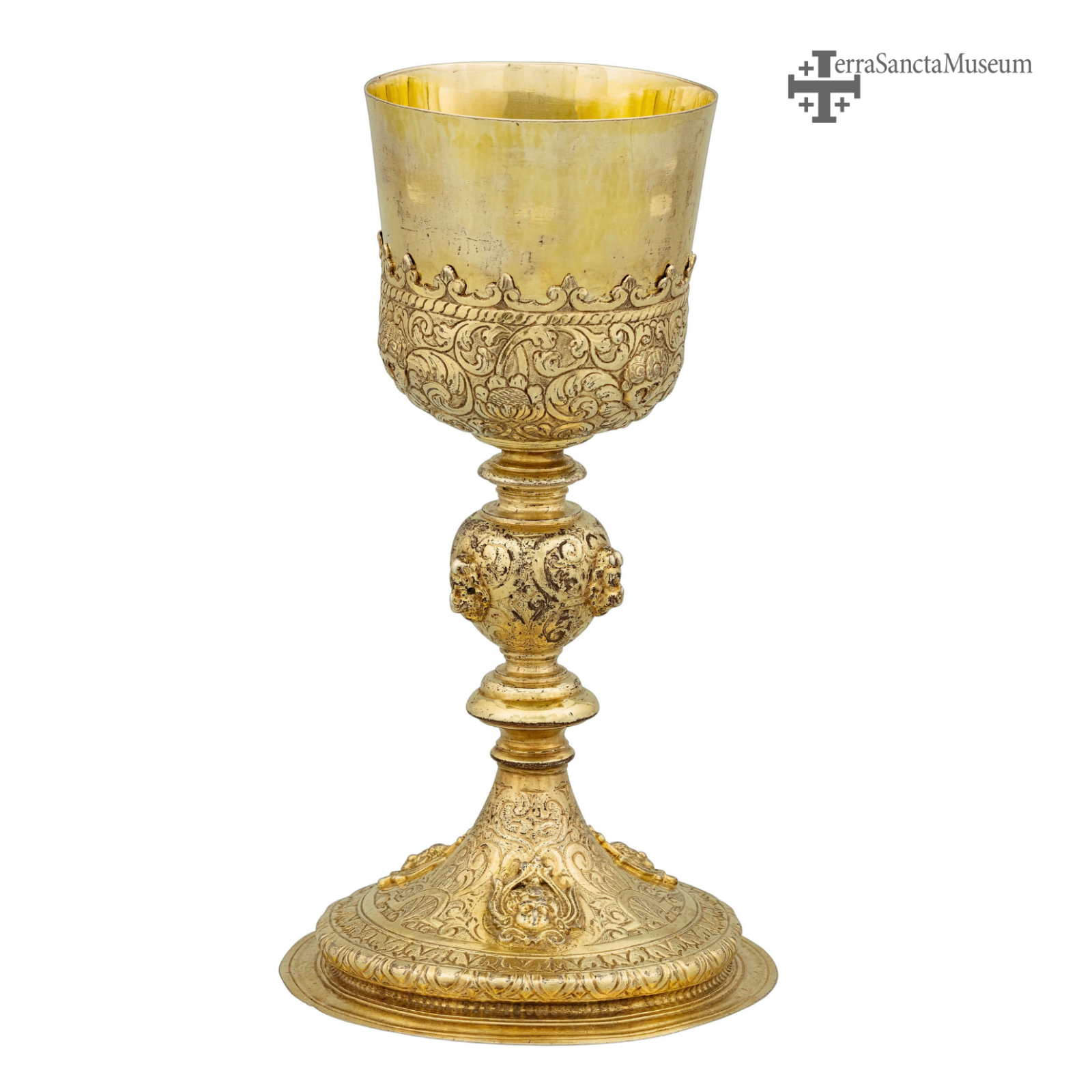
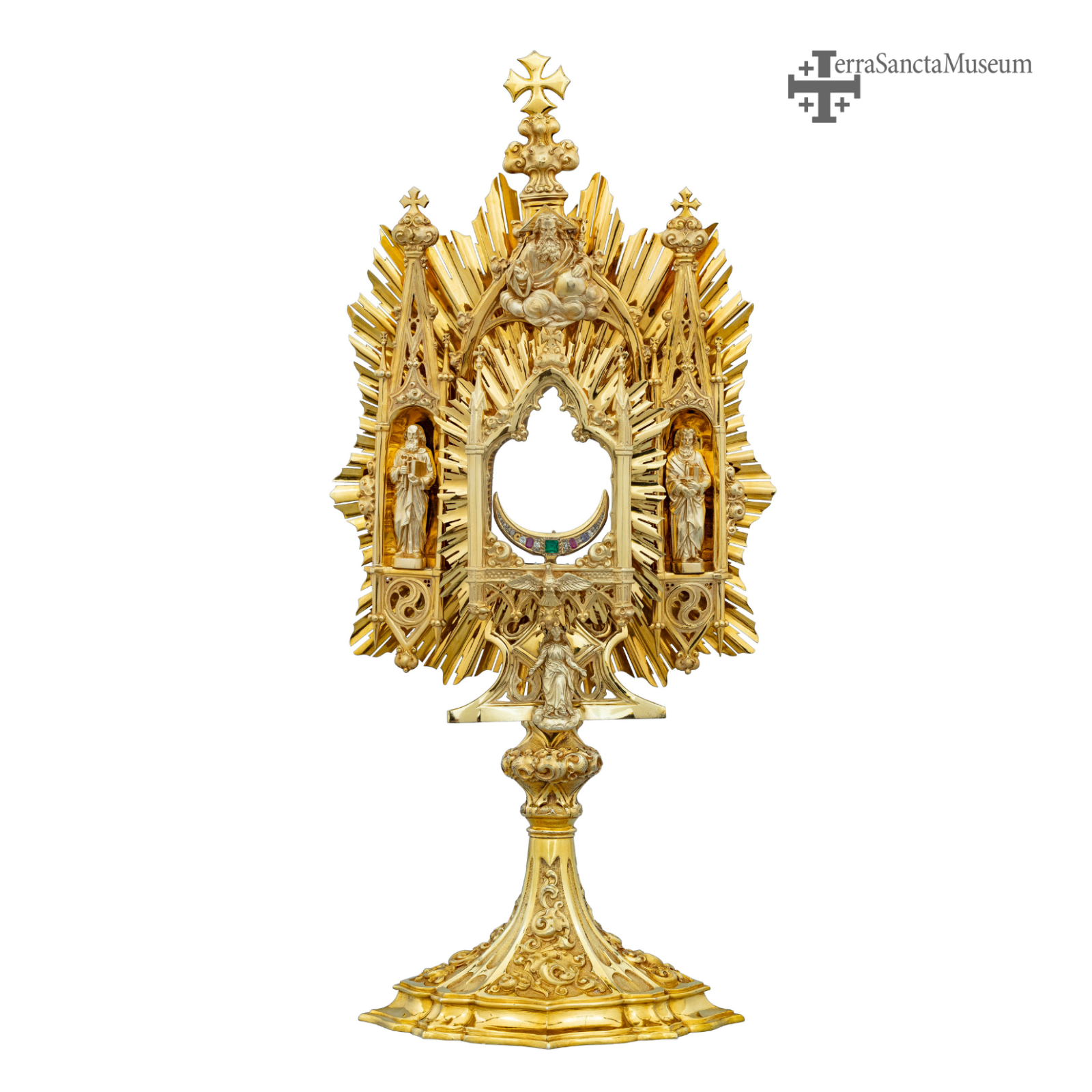
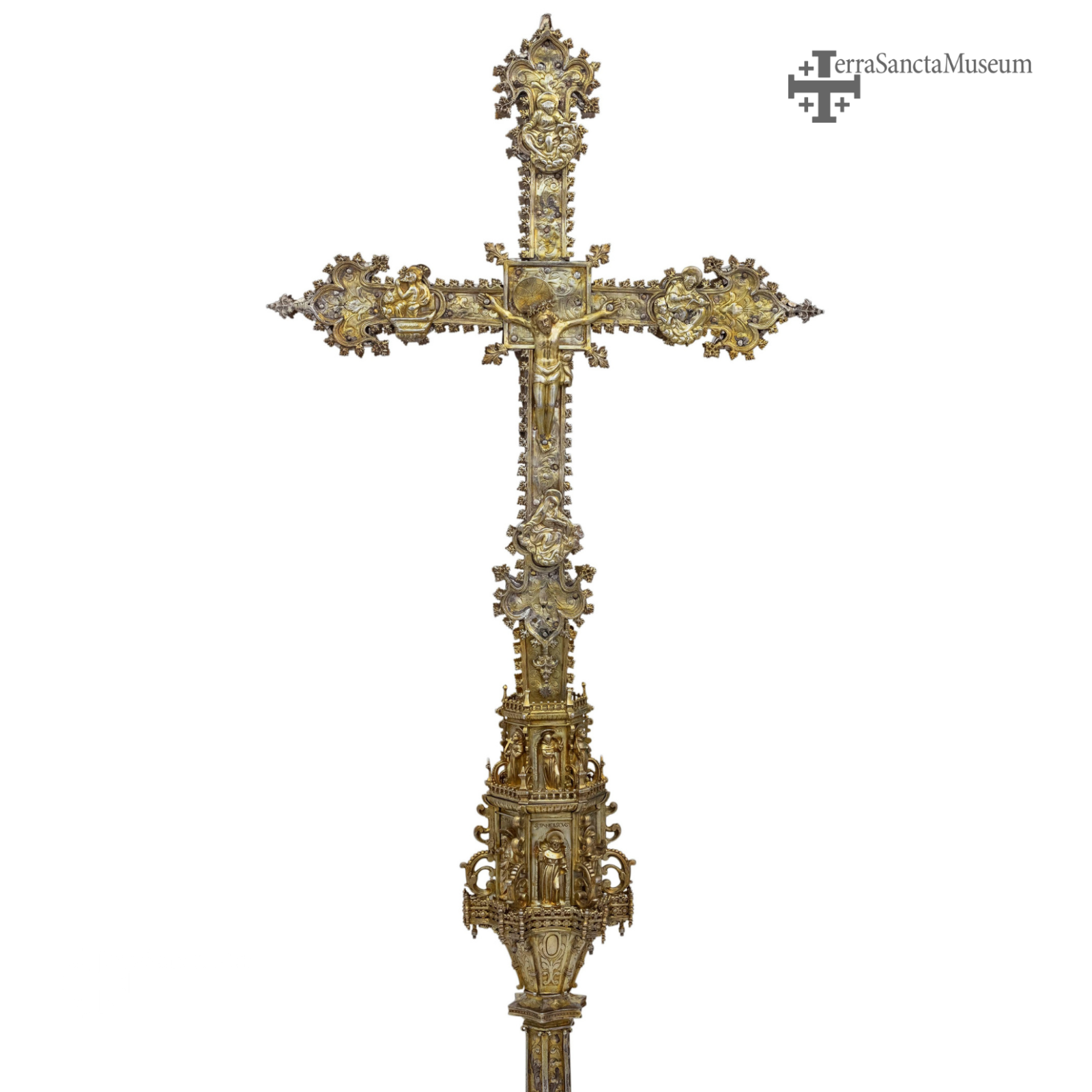
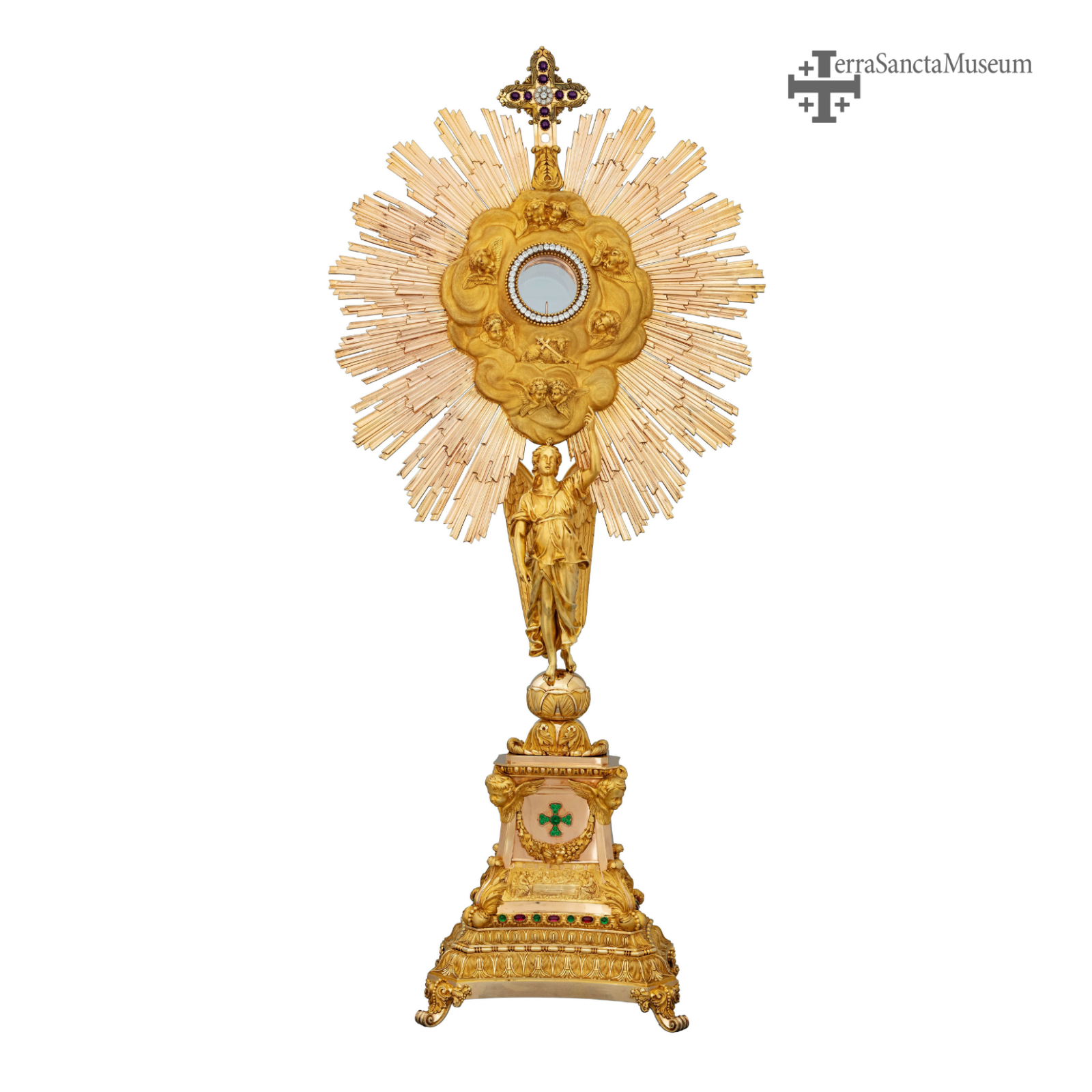
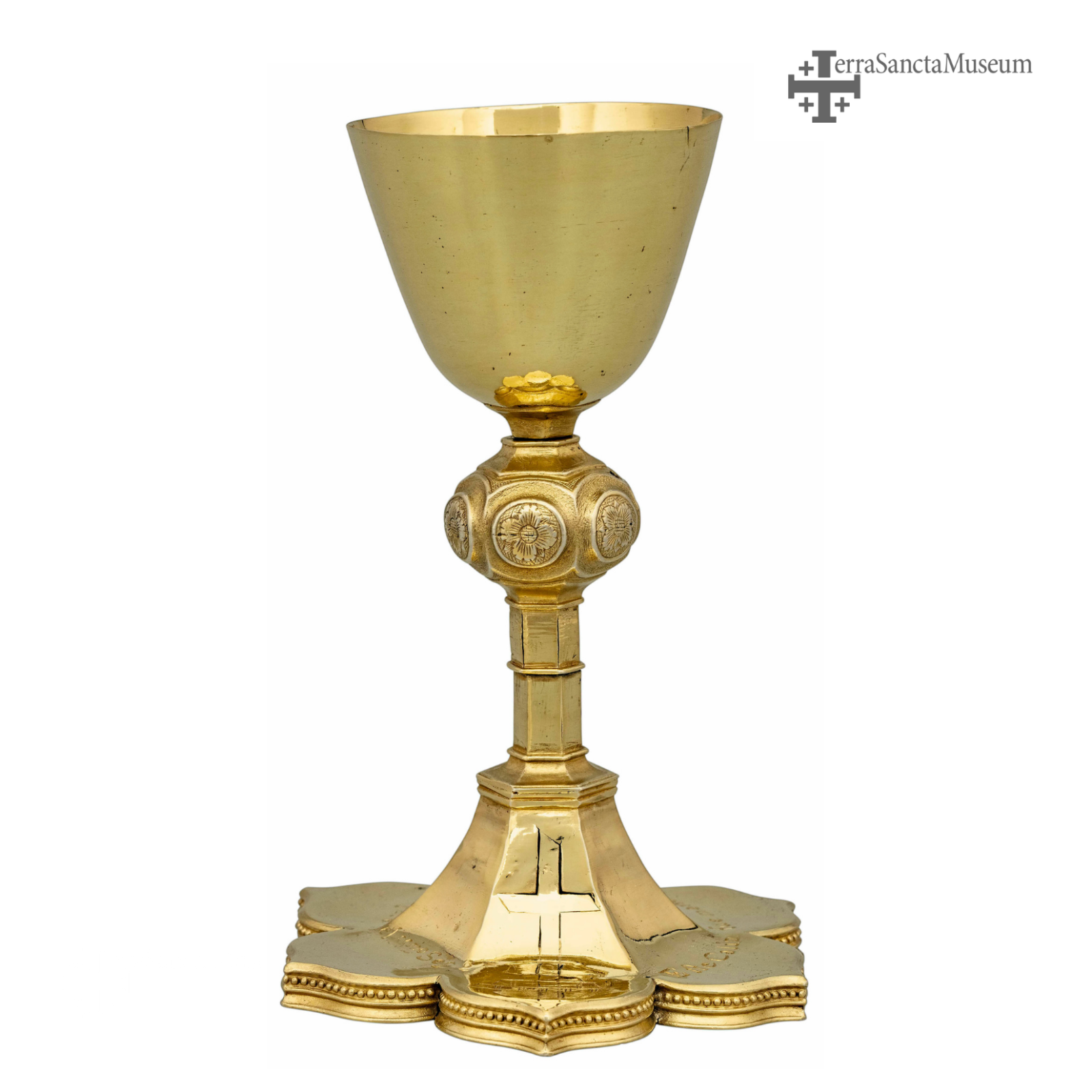
Do we still have to recall that in the term “history of art” there is “history”? Through the study of a collection, a catalogue conveys far more than the objects and invites us to plunge into a period, its events, its taste, its expertise… But until then, we ask you to be just a little more patient and the next two works to appear are scheduled for late 2024 !



